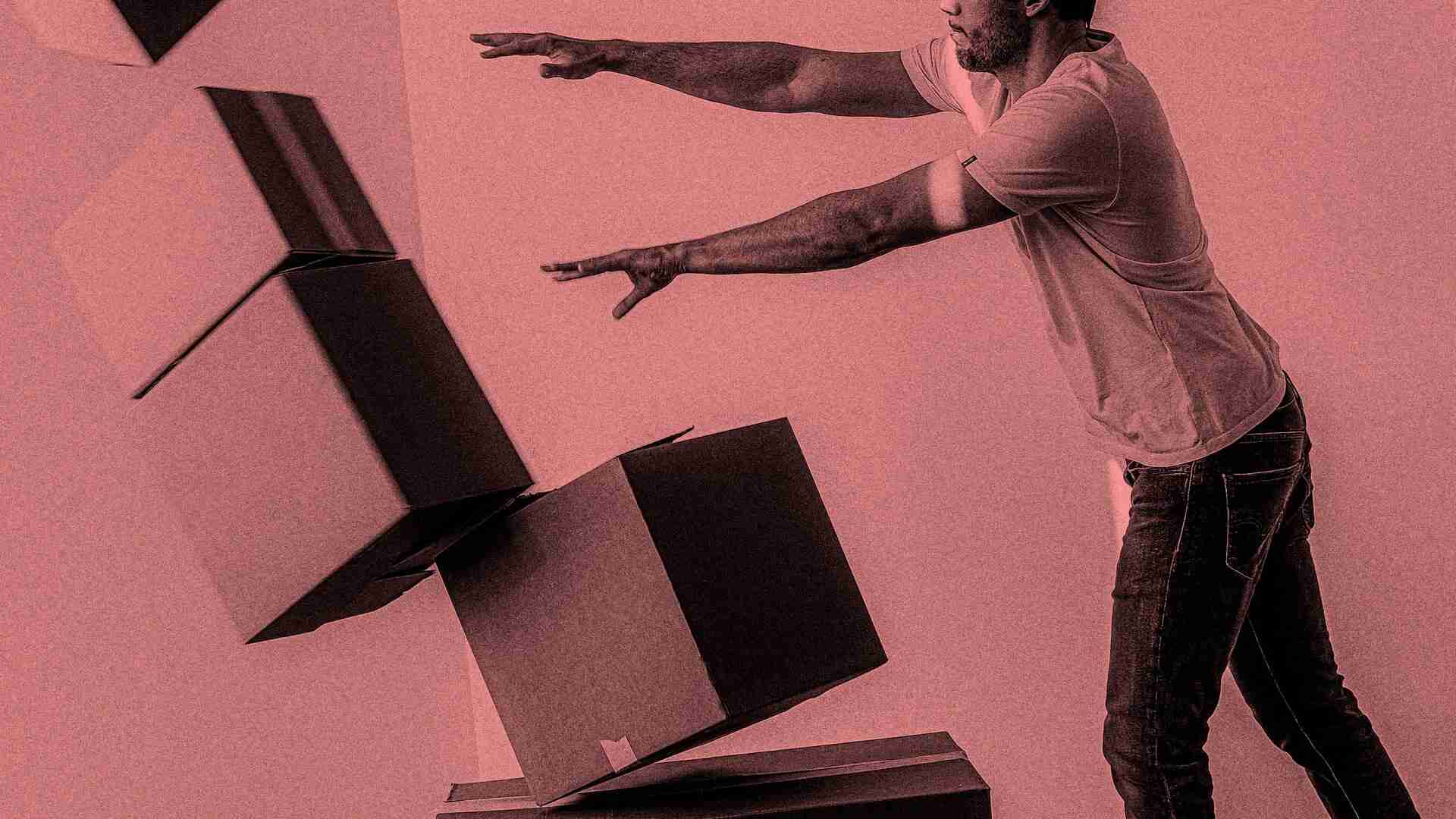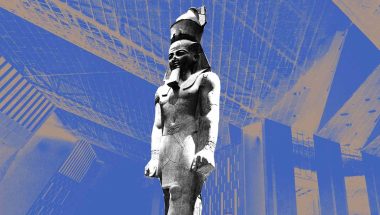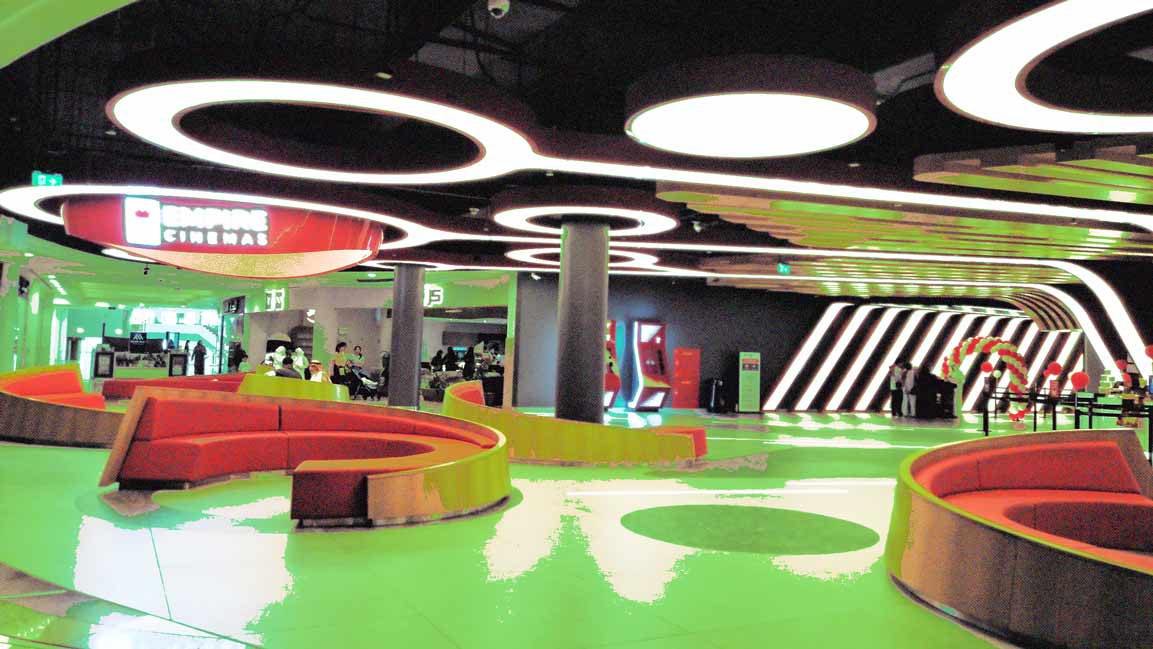- | 8:00 am
You’re thinking the wrong way about company culture
A static culture usually denotes a static organization. New talent can help a company culture evolve.

Have you ever interviewed for a job and had it go really well, only to be rejected a few days later without an explanation?
One of the most common excuses I hear is that a candidate is “just not a good fit”—an explanation as frustrating as it is vague.
Often hiring managers will cite company culture as the reason behind the rejection, claiming that certain candidates don’t exhibit the “values and behaviors” of a company’s already-established culture.
“Culture fit” has long been seen as a box to tick during the interview process. And while some might defend it as a legitimate criterion for evaluation, the truth is it’s often used to hide behind more subjective judgments about a candidate’s suitability.
If culture fit is all about the extent to which candidates already exhibit the “values and behaviors” assigned to a company’s culture, then “culture add” represents a much more forward-looking perspective. “Culture add” has become a viable alternative for hiring managers, who want to ensure prospective candidates will bring something new and vibrant to their organizations.
WHAT IS COMPANY CULTURE?
Culture is a funny thing. It’s probably the single most important “soft” factor of an employee’s experience. But culture changes and evolves with the times. Most importantly, new talent can help shape a company culture into something different. And as time progresses, cultures go through peaks and troughs—kind of like Golden and Dark Ages.
Culture evolves constantly because we evolve constantly. It’s foolish to imagine that culture can be controlled or fixed. A static culture usually denotes a static organization. Hiring new talent based on their existing alignment with your existing culture can therefore quickly become a fast track to stagnation.
It’s also well known that hiring teams tend to favor people who look, talk, act, and think like them—which is why organizations so easily fall into the trap of hiring culturally homogeneous teams. There are natural human biases that cause us to empathize and connect with people who feel like they’re from our “group.” But the result, of course, is a group with blind spots—connected by their similarity, but more susceptible to groupthink and other biases observed in teams that lack diversity.
I spoke with Dev Bulchandani, Global CEO of Ogilvy, about her approach to this issue and she used a perfect metaphor to describe the importance of adding rather than conforming to culture:
“When I’m hiring new talent, I’m thinking to myself, how do I bring someone in who takes the mosaic of Ogilvy culture and keeps contributing to it, shaping it, adding to it?”
That’s exactly how we should think about company cultures: each one is a mosaic made up of tiny colorful pieces which, when viewed as a whole, present a unique picture. Exchange some of them with different pieces, and you get a totally different image.
“WHAT KIND OF CULTURE DO YOU WANT TO CREATE?”
In today’s economy, successful businesses have to adapt and reinvent themselves much more frequently than they used to. If you’re worried about surviving in a rapidly changing future, then hiring diverse, dynamic talent should be a priority.
The question can no longer be: “Does this candidate fit into our culture?” Instead, we have to ask ourselves (and the candidates): “What kind of culture do you want to create?”
When nurtured and defended appropriately, culture can be a competitive advantage. It attracts and retains talent; it encourages greater participation, teamwork, and cohesion; it even improves reputation and creates affinity and demand with clients. Any serious organization knows it has to stoke the fires of culture to remain competitive and dynamic on all sides of the marketplace.
It’s much easier, however, to take the path of least resistance and keep culture static. Doing the same things the same way can be comforting. And the best way to maintain the status quo is to bring people in who reinforce the ideas, codes, and appearances that comprise it.
To be clear: there are some fundamental values and behaviors that all organizations probably hope to abide by. If a candidate is highly intelligent, but lacks some fundamental behavioral traits that any culture needs to thrive—e.g. empathy or curiosity—then it’s never going to be a good “fit” or “add.” There’s nothing wrong with making that judgment.
But these are fairly basic requirements. Screening out people who are inappropriate for a position is not the same as claiming that they simply don’t “fit” in. Getting hired shouldn’t feel like you’re waiting on line for a club. Like any human environment, workplaces tend to have “in” groups and “out” groups. This isn’t surprising, since most workplaces are hierarchies, and hierarchies naturally develop their own unique codes of status. But to get to the front of the line, only to be bounced because your outfit isn’t quite right, or your vibe is off, or some other superficial reason is a wasteful, myopic approach to team-building and culture-creating.
HOW TO CHANGE THE HIRING PROCESS
So what can we do differently? According to Bulchandani, her biggest priority at Ogilvy is to ensure leaders and managers share a belief in the importance of culture. If culture is properly revered as fluid and evolving, she says, people won’t treat it as a box to be ticked in an interview.
But the next step is to educate anyone responsible for hiring in some fundamental human psychology. We are programmed to seek out people like us: it has evolutionary advantages, baked into the back of our brains by thousands of years of tribal survival.
Studies have shown that these biases are not just instinctual—they’re based on rational thought, too. One study from Northwestern University found that interviewers will typically use their own backgrounds as the yardstick for measuring candidates’ likelihood to perform well. The thinking goes: “If I come from this background and I’ve done well, then so will other people from the same background.” Sometimes this is done unconsciously, but it can also be overt, as in the case of a bank who only hired lacrosse players because its management team was made up entirely of ex-lacrosse athletes.
Whether it’s unconscious or overt, hiring discrimination remains one of the most powerful perpetrators of racism, sexism, ageism, ableism, and all kinds of prejudice at work. Companies remain highly discriminatory against Black applicants, according to one 2017 study that compared 25 years of hiring in the US. And a more recent one showed that a third of companies self-report as being less likely to hire transgender candidates.
Culture changes fast and without mercy in the new millennium. There’s simply too many people, ideas, and modes of communication to prevent that. Company cultures are just a subdivision of overall culture. They depend on and are sustained by their interaction with global culture.
The best way to address the pitfalls of “culture-fitting” is to flip the whole thing on its head. Candidates need to show they’re attuned to the importance of culture by preemptively assessing whether an organization’s culture is the right fit for them, not the other way around.
Bulchandani’s answer to this is to encourage talent to interview her. Candidates should feel empowered to question hiring teams about the kind of culture they’re trying to build: “What are you trying to add to the team with this hire?” “What kind of culture do you want to create at this company?” These are the kinds of questions prospective talent can ask during interviews to help figure out whether a company’s culture and vision align with their own priorities, values, and ambitions.
But above all, we need to refocus the conversation around adding to culture, rather than conforming to it. Anyone responsible for hiring has to share the belief that culture is always changing, always moving. These conversations have to be had out in the open between leadership and hiring managers. Only then will the latter become empowered to hire for the future of an organization’s culture, rather than its past.
Culture is a mystical thing. I’ve worked in some environments that were so culturally dynamic, I felt excited to show up every day and just be a part of it. I’ve also worked in the exact opposite.
All those experiences taught me that a company’s culture is only as strong as its people. There’s nothing wrong with wanting to select for the most vibrant, dynamic talent out there.
But if they always end up being just like you, you’ll never get anywhere new.
This article was adapted and reprinted with permission from Diversity Explained.






































